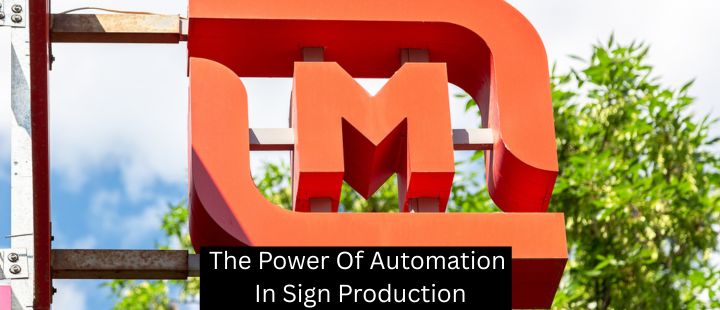Today’s post is all about Point-of-Purchase (POP) signs and displays. Read on for a brief beginner’s guide to these popular and effective in-store advertising options.
What are point of purchase displays?
A point of purchase (POP) display is a specialized kind of sign or sales promotion that is set up near the checkout area (aka the “point of purchase,” where you pay for your items).
These displays are meant to increase sales. And they work! As Robert Liljenwall writes in The Power of Point of Purchase Advertising, “brand marketers and retailers who have a true understanding of P-O-P advertising… can no longer ignore the potential for increased sales and market share” (p. 23).
There are many kind of point of purchase displays, including:
- Shelf edging
- Dummy packs
- Display packs
- Endcaps
- Display stands
- Posters
- Banners
- Digital displays
- Lightboxes
What’s the best point of purchase sign/display?
Unfortunately, the variability of businesses and buyer behaviors means there is no ultimate point of purchase display. What works for one business might be completely unsuitable for another.
However, there are some general tips and guidelines that apply to everyone:
- Keep your signs straightforward. Due to the nature of line-ups and checkouts, point of purchase displays are usually only “visited” for short periods. That means you have limited time to make an impression and convert the reader, which makes long messages impractical. Simple is best.
- Pick colors with product in mind. With the previous point in mind, it’s always best to choose eye-catching colors. But making a little effort to either complement or clash against your product’s colors can go a long way. Each approach has its pros and cons; while clashing colors is more of an attention-grabber, complementing colors can be great for branding purposes.
- Think outside the box. Get away from standard signage styles and cliche sayings. In today’s marketplace, consumers are increasingly savvy to when it comes to advertising, and they’ll gladly tune out anything that comes across as “just another ad.” Be unique!
- Incorporate products where possible. You can do so with an image of the product, or by literally working the product into the sign, as you may have seen in coffee shops where cups are attached to POP signs to show beverage sizing. This makes displays more engaging and also shows off the product a little more.
Are digital displays worth the investment?
Liljenwall, who teaches strategic marketing and brand identity management at the University of Califnoria and travels widely to give seminars and consultations, believes that integrating modern technology into point-of-purchase displays is more important than ever.
Though they cost more than conventional POP displays, digital setups have plenty of advantages. For starters, people today are conditioned to give their attention to digital screens, especially when they display moving images or changing colors. And aside from increasing engagement, digital displays tell the customer your brand is modern and technologically savvy. Digital displays also have evergreen value because their messages can be edited quickly and easily, often from any mobile device, which means a single purchase buys you unlimited advertising options.
Contact a member of the Signworld business alliance to discuss your options – visit http://www.signworld.org.
References
Liljenwall, R. (Ed.). (2004). The Power of Point of Purchase Advertising: Marketing at retail. Point-of-Purchase Advertising Intl.




